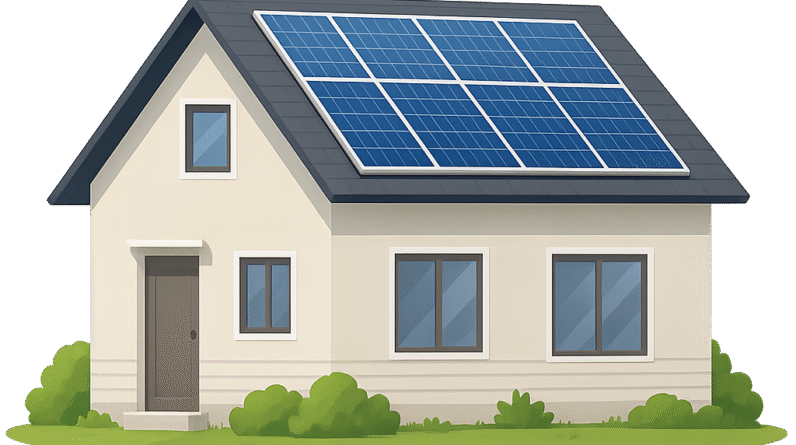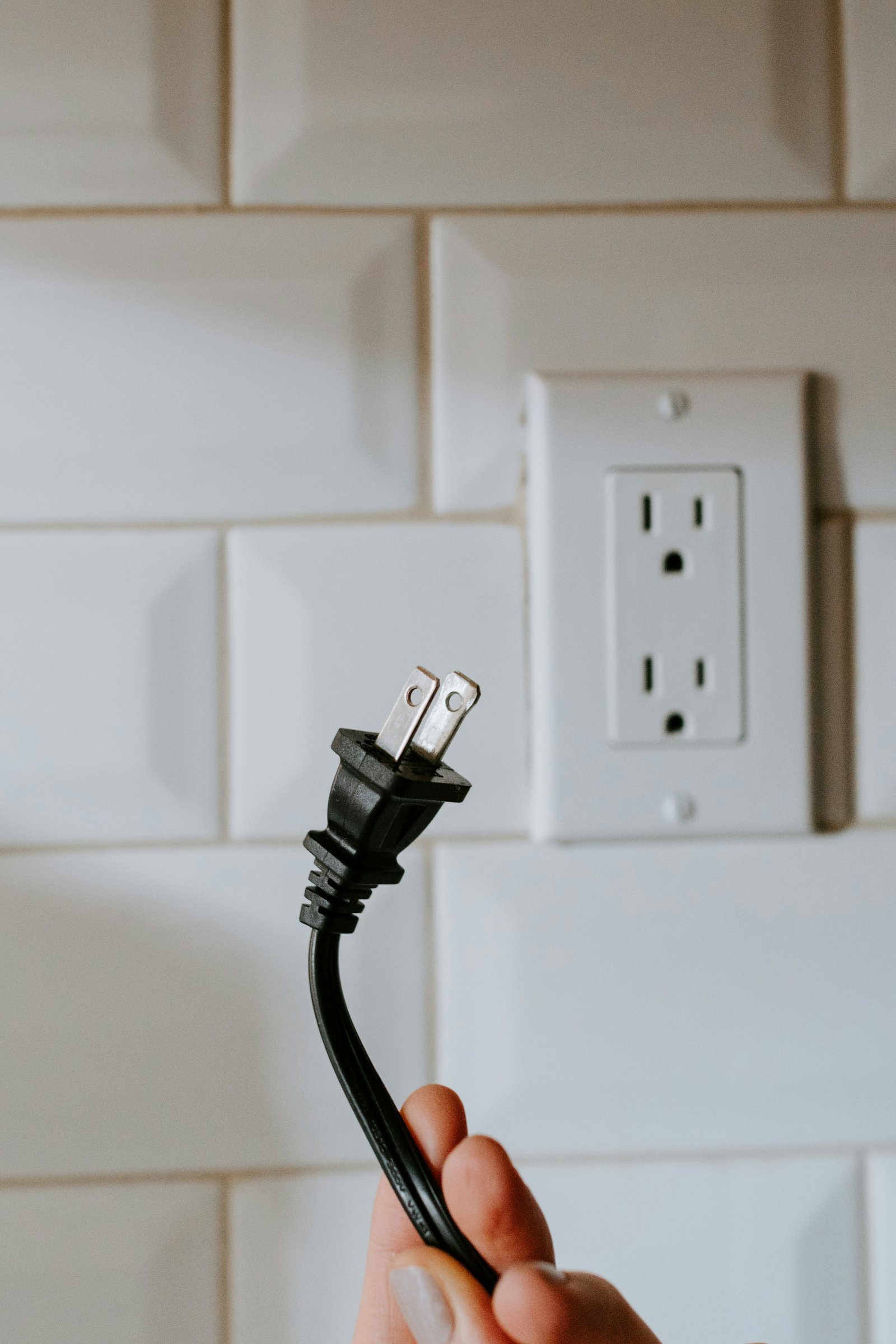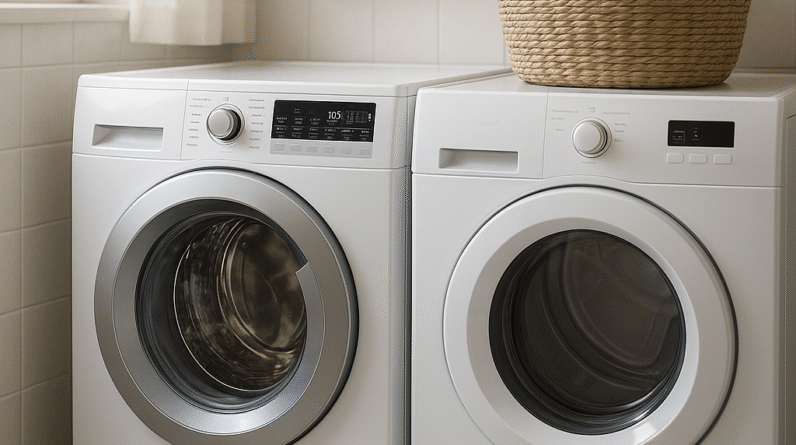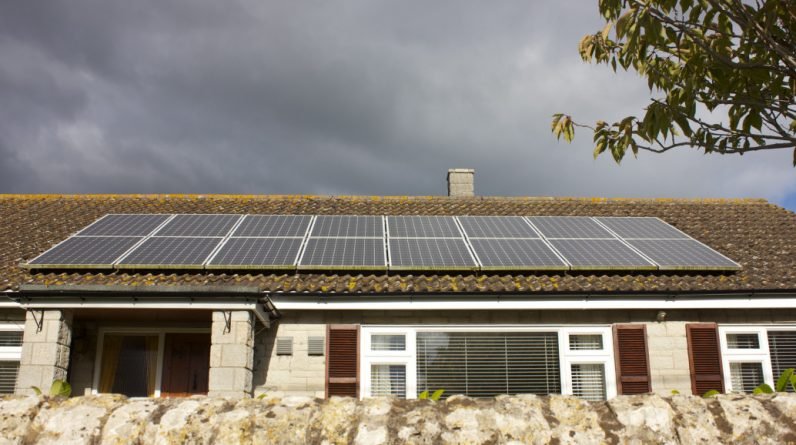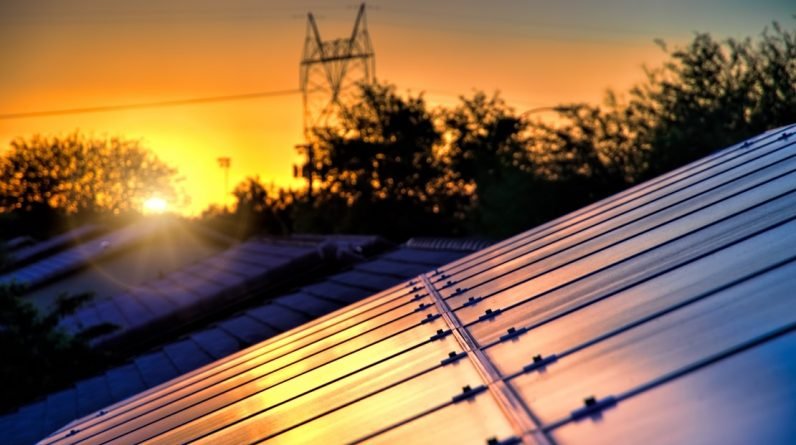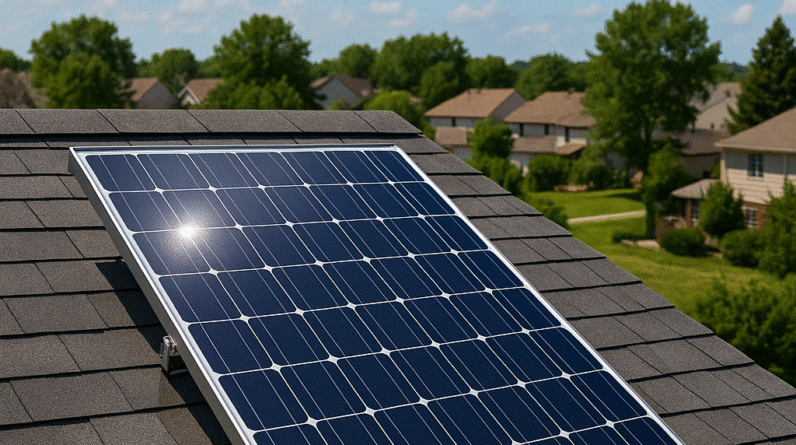
How Many Solar Panels Do I Need For A 2000 Sq Ft Home?
How Many Solar Panels Do I Need For A 2000 Sq Ft Home? So you’re considering going solar for your 2000 sq ft home but have one burning question: how many solar panels do you actually need? Well, fret not! In this article, we’ll shed light on the exact number of panels that will power your home efficiently while ensuring you make the most out of your investment in clean energy. From calculating your energy needs to understanding the factors that affect solar panel efficiency, we’ve got you covered. Let’s embark on this enlightening journey together!
Calculating Energy Consumption
Determining Average Daily Energy Usage
To calculate the energy consumption of your 2000 sq ft home, it is important to first determine your average daily energy usage. This can be done by looking at your utility bills and noting the amount of kilowatt-hours (kWh) you consume on a daily basis. You can also use energy monitoring devices to track your usage over a period of time.
Estimating Monthly Energy Consumption
Once you have determined your average daily energy usage, you can estimate your monthly energy consumption by multiplying your average daily usage by the number of days in a month. This will give you a rough idea of how much energy your home consumes over a typical month. Keep in mind that energy consumption may vary throughout the year, so it is important to consider seasonal variations as well.
Accounting for Seasonal Variations
Seasonal variations play a role in energy consumption, especially when it comes to heating and cooling. In colder months, you might be using more energy to heat your home, while in warmer months, your energy usage may increase due to air conditioning. It is important to account for these variations when calculating your overall energy consumption and determining the number of solar panels you will need.
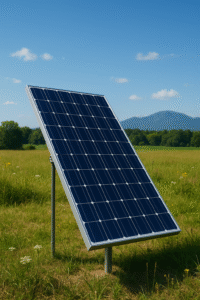
Solar Panel Efficiency
Understanding Solar Panel Efficiency
Solar panel efficiency refers to the ability of a solar panel to convert sunlight into electricity. It is an important factor to consider when choosing solar panels for your 2000 sq ft home. Higher efficiency panels will generate more electricity for the same amount of sunlight, allowing you to maximize your energy production.
Factors Affecting Efficiency
Several factors can affect the efficiency of solar panels. These include temperature, shading, and the angle at which the panels are installed. Higher temperatures can reduce the efficiency of solar panels, while shading from trees or nearby buildings can also have a negative impact. Additionally, the angle at which the panels are tilted can affect efficiency, as panels that are tilted towards the sun will receive more direct sunlight and therefore produce more electricity.
Types of Solar Panels
Monocrystalline Solar Panels
Monocrystalline solar panels are known for their high efficiency and sleek appearance. They are made from a single crystal structure, which allows them to convert sunlight into electricity more efficiently than other types of solar panels. While monocrystalline panels tend to be more expensive, their superior efficiency makes them a popular choice for homeowners looking to maximize their energy production.
Polycrystalline Solar Panels
Polycrystalline solar panels are made from multiple crystal structures, which give them a distinctive blue color. While they are slightly less efficient than monocrystalline panels, they are still a great option for homeowners looking to go solar. Polycrystalline panels are usually more affordable, making them a cost-effective choice for those on a budget.
Thin-Film Solar Panels
Thin-film solar panels are made by depositing a thin layer of photovoltaic material onto a substrate. They are the least efficient type of solar panel but are often chosen for their flexibility and aesthetic appeal. Thin-film panels are a popular choice for commercial buildings and large-scale installations where space is not a constraint.
Calculating Solar Panel Needs
Determining Panel Wattage
To determine the number of solar panels you need, you first need to consider the wattage of each panel. The wattage represents the maximum power output of the panel under ideal conditions. By dividing your monthly energy consumption by the average daily sunlight hours, you can calculate the wattage of the panels required to meet your energy needs.
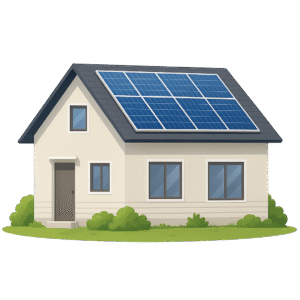
Considering Sunlight Hours
The amount of sunlight your area receives is an important factor to consider when calculating solar panel needs. Areas with more sunlight will require fewer panels compared to areas with less sunlight. To estimate the number of sunlight hours in your area, you can refer to solar maps or consult with solar professionals who have access to local data.
Factoring in Climate
Climate also plays a role in determining solar panel needs. If you live in an area that experiences long, sunny summers and shorter, cloudy winters, you may need fewer panels than someone living in an area with more consistent cloud cover. It is important to consider the climate of your region when calculating your solar panel requirements.
Average Size and Wattage of Solar Panels
Standard Sizes of Solar Panels
Solar panels come in various sizes to accommodate different installation needs. The most commonly used sizes are the 60-cell and 72-cell panels. The 60-cell panels are typically around 65 inches by 39 inches, while the larger 72-cell panels measure around 78 inches by 39 inches. These standard sizes make it easier to calculate the number of panels needed for a given area.
Typical Wattage Ranges
The wattage of solar panels can vary depending on the brand and model. On average, residential solar panels range from 250 watts to 400 watts. Higher wattage panels may be more efficient, but they may also come at a higher cost. It is important to consider both the efficiency and the wattage when selecting solar panels for your 2000 sq ft home.
Calculating Panel Requirements for a 2000 Sq Ft Home
Determining Total Energy Consumption
To calculate the panel requirements for your 2000 sq ft home, you need to determine your total energy consumption. This can be done by adding up your monthly energy bills and converting the total energy usage into kilowatt-hours (kWh). By knowing your total energy consumption, you can determine the number of panels needed to generate that amount of energy.
Calculating Energy Output of Solar Panels
The energy output of solar panels can be calculated using the wattage of the panels and the average daily sunlight hours in your area. By multiplying the wattage of a panel by the number of sunlight hours, you can estimate the energy output of each panel per day. This information can then be used to determine the total number of panels needed to meet your energy needs.
Optimizing Solar Panel Placement
Considering Roof Direction and Tilt
When installing solar panels, it is important to consider the direction and tilt of your roof. Solar panels perform best when they are facing south and tilted at an angle that allows for maximum sunlight absorption. If your roof doesn’t face south, adjustments can be made to optimize panel placement and still achieve optimal energy production.
Minimizing Shading
Shading can significantly reduce the efficiency of solar panels, so it is important to minimize any potential shading sources. This can include nearby trees, buildings, or any other obstructions that may cast shadows on your panels. By ensuring that your panels are free from shading, you can maximize their energy production and overall performance.

Available Roof Space
Assessing Available Rooftop Area
Before installing solar panels, it is essential to assess the available rooftop area for panel placement. Factors such as roof size and shape will determine the number of panels that can fit on your roof. It is important to consider any potential obstructions or limitations that may affect the number of panels you can install.
Obstacles such as chimneys, vents, or skylights can impact the available roof space for solar panel installation. These obstacles may limit the number of panels that can be installed or require adjustments to panel placement. It is important to work with a solar professional to assess and address any obstacles when designing your solar panel system.
Considering Battery Storage
Determining the Need for Battery Storage
Battery storage allows you to store excess solar energy generated during the day for use during the night or when sunlight is unavailable. Whether or not you need battery storage depends on your energy consumption patterns and the availability of net metering in your area. If you experience frequent power outages or want to maximize self-consumption of solar energy, battery storage may be a valuable addition to your solar panel system.
Sizing the Battery Capacity
The size of the battery capacity needed depends on your energy consumption patterns and the level of backup power you desire. A solar professional can help determine the appropriate battery capacity based on your specific needs. It is important to consider factors such as the number of days of autonomy (the number of days the battery can power your home without sunlight) when sizing the battery capacity.
Consulting with Solar Installers
When it comes to solar panel installation, it is highly recommended to seek professional guidance from solar installers or consultants. They have the expertise and experience to assess your energy needs, calculate the number of panels required, and design an efficient solar panel system for your 2000 sq ft home. Professional guidance can help ensure that you make the most informed decisions throughout the process.
Requesting Multiple Quotes
To ensure that you get the best value for your investment, it is advisable to request multiple quotes from different solar installers. This allows you to compare prices, system designs, and warranties. Additionally, it provides an opportunity to ask questions and clarify any doubts you may have before making a final decision.
In conclusion, calculating the number of solar panels needed for a 2000 sq ft home involves considering various factors such as energy consumption, solar panel efficiency, types of solar panels, available roof space, and the need for battery storage. By understanding these factors and consulting with solar professionals, you can make an informed decision and design a solar panel system that meets your energy needs while maximizing efficiency and cost-effectiveness.


